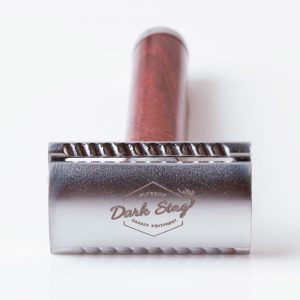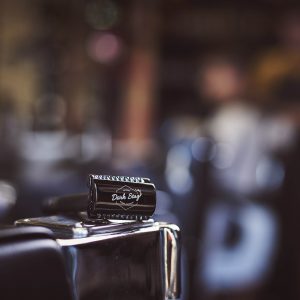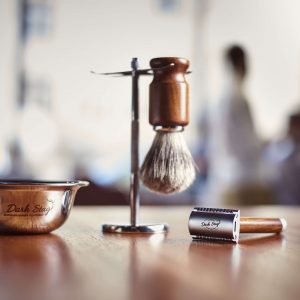Quality v Quantity?
When it comes to wet shaving, one question that often comes up is: how many blades does a razor need to have in order to give a close and comfortable shave? A good question: the usual companies behind plastic disposables always seem to be adding an extra blade and proclaiming it to be the perfect shave, meanwhile countless folk remain fond of single blade safety razors.

On the other hand skin experts put the point across that cartridges with multiple blades can create shaving rashes and cause irritation due to the fact that a higher number of blades create more friction as the razor is dragged along the skin.
Unfortunately the efficiency of razor blades is not enough of a pressing issue to be a well studied topic, so little bona fide independent research exists on the subject.
Some people stand by the modern razors with multiple blade cartridges and will claim superiority. Others, usually traditionalists or shaving aficionados, proudly wield a single blade traditional safety razor.
While the single blade on a traditional safety razor does not have a way for the blade to lift the hair and cut it several times in a single stroke, its smaller size is more manoeuvrable and allows for the head of the razor to be moved across the face at different angles. It is a strong advantage for those favouring the single blade, who claim that this freedom of movement across the skin produces a superior shave ― and closer than any number of blades in a cartridge can achieve.
Although it can inspire fear when first viewed, a traditional safety razor as the name suggests is very safe and easy to use. The blade is simply a thin piece of stainless steel with two sharp edges as opposed to a cartridge. By taking off the top of the razor’s head by unscrewing the handle, the blade can be put in place. Once the blade is correctly in position, the lid of the razor is put back on and fastened by screwing the handle back on, leaving the edge of the blade at the optimum angle for shaving.
Other safety razors use a butterfly mechanism where the lid is not unscrewed but in fact unfolds in the manner of two butterfly wings. These razors are also referred to as “twist-to-open”. The more complex nature of the mechanism which feature more moving parts can leave these razors more prone to wear and tear.
On all safety razors, only a fraction of the blade is exposed ― the remaining part is concealed under the lid. When shaving, move the head of the razor across the skin in the same way as with a modern multi blade razor. The one thing that benefits from practice is identifying and using the best angle to hold the razor at, however safety razors tend to be quite forgiving and leave a healthy margin for error.
The traditional safety razor is a style that will endure for decades. Some aficionados hunt for vintage razors that can still be used with the blades produced today. Replacing a blade on any safety razor will cost around a tenth of the cost when replacing a cartridge on a plastic multi blade consumer razor.







